Search the Special Collections and Archives Portal
Search Results
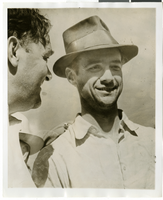
Photograph of Howard Hughes after arriving in Minneapolis, Minnesota, July 14, 1938
Date
Archival Collection
Description
Image
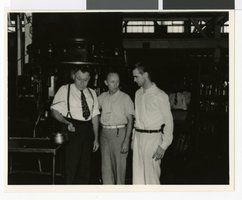
Photograph of Howard Hughes and two men, Houston, Texas, July 30, 1938
Date
Archival Collection
Description
Image
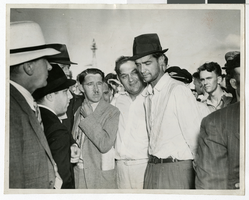
Photograph of Howard Hughes after arriving in Minneapolis, Minnesota, July 14, 1938
Date
Archival Collection
Description
Image
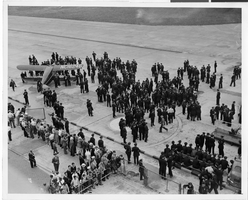
Photograph of a crowd awaiting the arrival of Howard Hughes' plane at Floyd Bennett Airport, New York, July 14, 1938
Date
Archival Collection
Description
Image
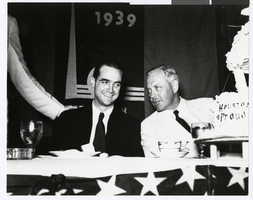
Photograph of Howard Hughes and Noah Dietrich, Houston, Texas, July 30, 1939
Date
Archival Collection
Description
Image
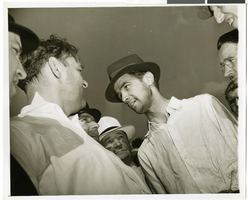
Photograph of Howard Hughes after arriving in Minneapolis, Minnesota, July 14, 1938
Date
Archival Collection
Description
Image

Photograph of Howard Hughes and the XF-11, Culver City, California, July 7, 1946
Date
Archival Collection
Description
Image
Howard R. Hughes College of Engineering Records
Identifier
Abstract
The Howard R. Hughes College of Engineering Records contain materials dating from approximately 1968 to 2017 that document the establishment of the School of Engineering and later the Howard R. Hughes College of Engineering School. Materials include records of the Nevada Development Authority Partners for Industry through Engineering and Education (PiE2) program during the 1980s that was headed by Bob Gore of Summa Corporation (formerly known as the Howard Hughes Corporation). Collection records also include samples of class listings, phone directories, degree information, college rules and bylaws, and fact sheets and brochures for different engineering degree programs at UNLV. Materials also include accreditation questionnaires from 1989, 1990, and 1992. Also included are promotional brochures and pamphlets for the school from 2015 to 2017.
Archival Collection
Howard Hughes in the back seat of a car en route to his hotel in New York, 1936 July 14
Level of Description
Archival Collection
Collection Name: Howard Hughes Professional and Aeronautical Photographs
Box/Folder: Folder 04
Archival Component
Howard Hughes in the Lockheed 14 in France, 1938 July
Level of Description
Archival Collection
Collection Name: Howard Hughes Public Relations Photograph Collection
Box/Folder: Folder 07
Archival Component
